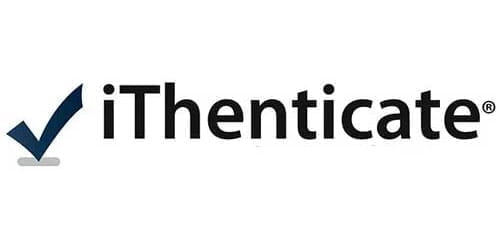Mustafa Abdulhadi Hamaida, Omar Ismael Al-Sanjary*, Omar Ahmed Ibrahimn
Abstract: One of the most important and dominant topics in management studies is to find more effective solutions and tools for complicated management problems. The tools used to make management decisions have undergone a massive change with the advancement of computer and communication technology. These tools have Artificial Neural Networks (ANNs and SPSS). In this article we describe the basics of neural networks as well as a review of selected work done in computer science with the application of ANNs. New models, RBFNN and GRNN are used for data classification and ANN is used for algorithm design methods. The well-known data of marketing information system (MkIS) is used to train the ANN and to train the algorithms and test them. The goal is to develop the proposed design to improve the performance of high accuracy in the marketing information system and to investigate the training of the machine learning algorithm using real world sample data. Selecting right-sized datasets by selecting suitable dataset size from experiments. ANNs experiments show promising results on the dataset of the marketing information system. In addition, the decision model is based on an artificial neural network model consisting of three layers, the first layer being represented by seven neurons, new technology. Support system for internal records, marketing intelligence, market research, and marketing decision making. The second layer as the hidden layer with 75 neurons, and the third layer as the output layer represented by two neurons called the competitive advantage. In addition, the 300 collected data first converted to numerical data to represent the real data to be used for modelling the intelligent decision model, also, the collected data divided into part in which 80% of the data used of training artificial neuron network model, and 20% used for testing the proposed model.
[ FULL TEXT PDF 1-8 ] DOI: 10.30566/ijo-bs/2019.122









